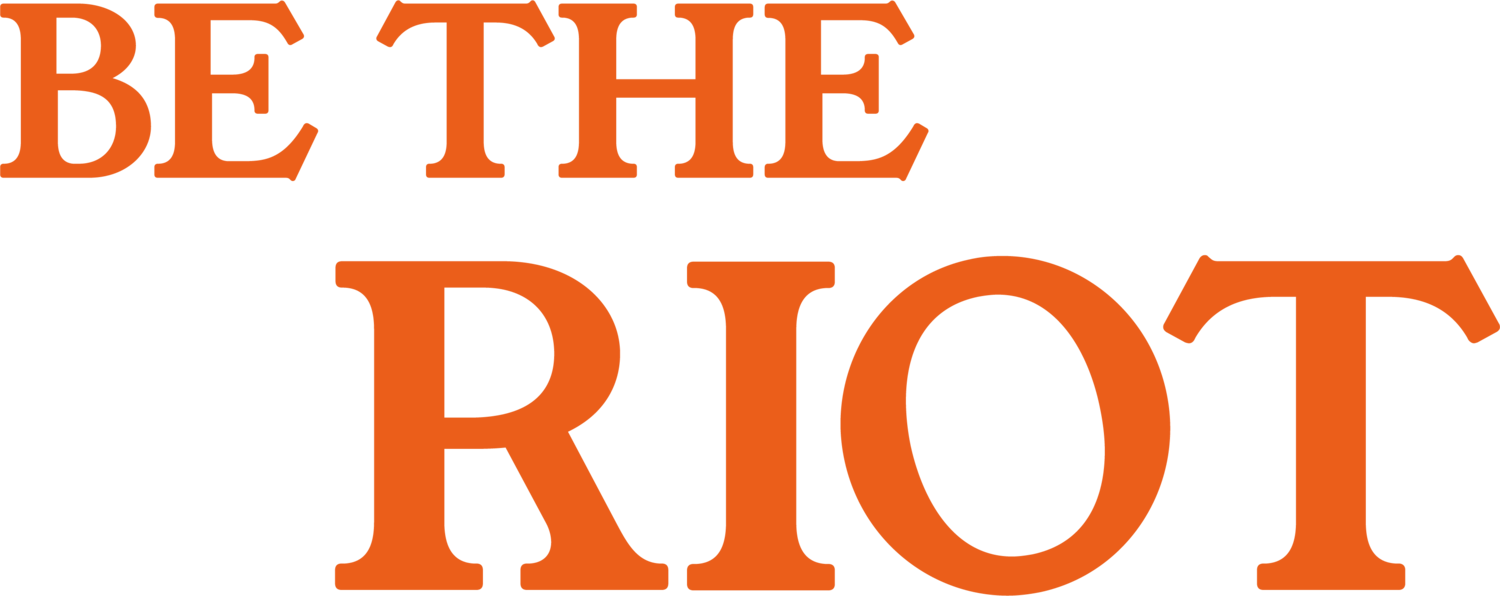How to Craft the Perfect Equity, Diversity, and Inclusion Statement for Your Organisation
Let’s start with how having an equity, diversity and inclusion (EDI) statement can bring value.
People want to see that your organisation values EDI. 76% of employees and job seekers report that a diverse workforce is an important factor when evaluating companies and job offers. This is especially true of people from underrepresented groups. (Glassdoor 2021).
A well crafted statement can:
attract a diverse range of people to apply for roles
attract a diverse customer base/audience
signal to other organisations that EDI matters to you
So every organisation should have an EDI statement, right?
Well, not exactly! The murder of George Floyd in 2020 and the Black Lives Matter protests that followed impacted the whole world. Many organisations felt pressured to put out statements about race equity and anti-racism when they’d previously been silent on these issues. The statements were all over social media and company websites.
The pressure of saying something has led organisations to make inauthentic blanket statements without power or policies backing them, which often results in wide backlash. While others remain silent in fear of getting it wrong which can also result in backlash.
So if you’re going to do it, you need to do it right. Let’s break down equity, diversity and inclusion statements together.
How to make a statement with your statement
Be authentic
If you’re not taking any practical steps towards being a truly equitable, diverse and inclusive organisation, then any statement you put out will be misleading. That being said, you don’t need to be perfect or far along on the journey to express your commitment.
Be honest about where you are. Wording such as 'we’re not where we want to be' shows that you’re being transparent and not presenting a false image for the sake of good PR.
Note: It's good to use images that represent diversity but they should also be an honest reflection of your organisation. Avoid false advertising!
Be specific
Ultimately, the value of your statement lies in what you are doing as an organisation to increase diversity and inclusion and how you will do that. Tell people what’s in your strategy and about the projects and initiatives you have in place. Equally, share about specific projects you’ve planned for the future.
By requiring 50% of their long list of candidates to be women and 14% from underrepresented racial and ethnic backgrounds, Havas UK* demonstrates direct efforts to increase diversity and representation within their organisation.
Be accountable
Saying what you’re doing and what you plan to do is important but how are you measuring the progress? How will people know that those activities are leading to tangible results? Include specific targets and goals that you aim to reach, along with clear timelines. This is also an opportunity to highlight the successes you’ve had so far.
In order to address the various pay gaps in the organisation, Nesta* have developed robust pay reviews for all employees and have begun investing in and launching programmes to help the career development of employees from underrepresented groups.
Be mission focused
The statement should encompass your mission statement and the values of your organisation, it should be unique to your brand, employees, clients, and service users. Don’t copy and paste, it should sound like your organisation.
For example, if you are a homelessness charity. Share how your commitment to equity, diversity, and inclusion is shaping your cause and impacting your service users.
How to Make Your EDI Statement Go The Extra Mile
Once you have created your EDI statement, now comes the work of making it a living document, something that is at the centre of everything you do.
Review your statement, this isn’t something that you write, post on your website and socials, and never do anything with. Keep it updated as your EDI work evolves.
Recognise and celebrate the milestones that you are reaching as an employer and an organisation.
Give reasons as to why you haven’t met certain milestones and what is going to be done about this moving forward.
Spotify's* diversity data, while not being as diverse as they would like, is a perfect example of how they're working to improve specific aspects of diversity and belonging in the workplace and beyond!
And as a final point, an EDI statement is just one aspect of a broad and ongoing focus of work. When your organisation has a dynamic approach to EDI and holds itself accountable for progress, you’ll continue to develop an inclusive workplace culture for all.
* As part of this blog post, we have used exemplary aspects of these organisations' EDI statements.
